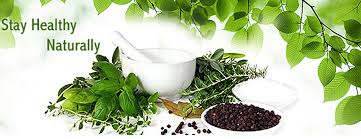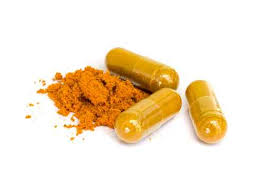
Adulteration is the addition of an impure, cheap, or unnecessary ingredient to cheat, cheapen, or falsify an ingredient or preparation. Adulteration of botanical ingredients can be accidental, as a result of poor quality-control procedures; or deliberate, with intentional adulteration often occurring for financial gain.
As a practitioners, I want to get results for my patients. This involves using high quality ingredients that have been validated and authenticated to demonstrate they are suitable for their intended usage.
The most fundamental aspects of quality assurance are to ensure the correct morphological parts from the right botanical taxon is used, and that the material is not adulterated with other botanical or extraneous material.
In addition to this, when using extracts, we need to ensure that the right extraction solvents are used, to ensure that we are drawing out the desired therapeutic compounds.
In terms of chemistry, Herbal medicines are incredibly complex, which raises increased potential to adulterate or falsify the material if we don’t know what to look for. We need to consider the pharmacologically active compounds in the extract and ensure that the correct process has been utilised to maximise these components in our final products.
I would like to quote the phrase of “a gram is not a gram is not a gram”. Although the label might say that an extract is equivalent to 1 gram of dry root, 3 different medicines displaying the same information on the label can have incredibly different phytochemical profiles, depending upon the type of extract used.
One may have a water extract, another an ethanol extract and the third an ethyl acetate extract. These three solvents will extract completely different compounds, so we need to know which components we are after to achieve the desired therapeutic benefit and most importantly to ensure your safety.
So, let’s take a look at accidental adulteration. This is often the result of poor quality controls or a lack of sufficient knowledge or experience to authenticate the material used.
I’d like to tell you a story about a well respected herbalist, told after spending a considerable time in south America gaining knowledge around their traditional medicine systems.
Going to the local markets early one morning, she was greeted with an array of recently picked traditional herbal medicines, laid out on the tables of make ship stores, for open inspection and purchase. When enquiring when and where they had been sourced, the response was a few days previously by a close friend. This material had effectively been through one set of hands, the grower to the seller, with one chain of communication during this process.
The information provided with regards to the correct name of the medicine was incorrect through this short chain of correspondence and therefore promoted as the incorrect ingredient. This accidental adulteration could result in the preparation of medicines that include components we are not aware of, and therefore will not get the desired therapeutic effect. More importantly though, this accidental adulteration means we are unable to check for medicine interactions, appropriate contraindications and apply suitable safety measures to support your health.
The next example is deliberate adulteration, the type that as a practitioner I am aware of and is the reason why I only stock quality approved practitioner only brands.
 Deliberate adulteration generally occurs for financial gain. When we’re dealing with high commodity ingredients, such as Hypericum perforatum, Ginkgo biloba, Piper methysticum, Curcuma longa or Vaccinium myrtillus, and that’s just to name a few, we’re talking about hundreds of millions of dollars each year, passed through the supply chain, for the sale of these ingredients.
Deliberate adulteration generally occurs for financial gain. When we’re dealing with high commodity ingredients, such as Hypericum perforatum, Ginkgo biloba, Piper methysticum, Curcuma longa or Vaccinium myrtillus, and that’s just to name a few, we’re talking about hundreds of millions of dollars each year, passed through the supply chain, for the sale of these ingredients.
The quantities of these ingredients prescribed each year is significantly rising and when there is a dollar to be made the risk of counterfeit material is subsequently increased.
A recent bulletin provided by the American botanical councils – Botanical adulterant program, (a resource I suggest you check out as it provides a wealth of great knowledge) reported that the analysis of 37 commercial St john’s wort products resulted in 14 suspect samples.
That’s almost 40% of samples were suspected to not be the correct ingredient. After analytical investigation of the samples, it was found that the samples were spiked with the dyes – Amaranth, Brilliant Blue FCF, Sunset Yellow FCF, and Tartrazine, which made the samples appear like authentic material.
This raises significant safety issues, as amaranth E has potential toxicity effects, and the desired therapeutic activity will not be achieved as the correct phytochemical compounds are not in the formulation.
As many laboratories do not have the sufficient equipment or specialist knowledge to differentiate between these types of samples, increased awareness and focus on quality, is clearly indicated by all companies.
As part of True Medicine’s continual commitment to providing quality health care and providing products of highest purity, we are extremely particular about products available to our patients. We understand the complex nature of herbal formulations and keep in close communication with the best in the business.
It is for the above reasons that I repeatedly stress – never self prescribe; do not purchase products on line or over the counter without qualified guidance.
